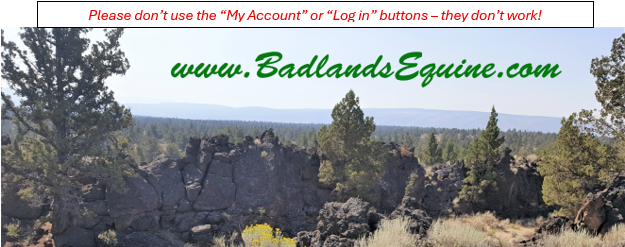Step 6: Length of Saddle
The proper length of a saddle can get kind of tricky. We do not want weight behind the 18th thoracic vertebra. This corresponds to the last rib and the furthest back that weight can be supported. While some saddles are longer than others, that length isn’t always the problem. Obviously some horses are shorter backed than others. But the position the saddle wants to sit may be further back because of a laid back shoulder even though the horse may not look short backed.
So we know we don't want to use a longer than average saddle on a short backed horse, or potentially one with a laid back shoulder. But we need to look clearly at the longer saddle. Why is it longer? Is it because the seat is longer, which would likely put the rider’s weight at the back of the saddle? That is definitely to be avoided for the short backed horse. Or is it because the skirting is longer or the panels longer? Not all of the material at the back of a saddle actually transfers weight to the horse.
What becomes critical is not just the length, but the curvature of the saddle, as discussed in Step 3. It is also very irritating to the horse for that non-weight transferring part of the saddle to point into the back. At a minimum, there will be hair ruffling, but it could also lead to open wounds.
In Step 2 we discussed that the front of the saddle should flare away from the shoulder musculature, leaving room for movement. We may need to do the same here. This is not really an issue for English saddles – we clearly don’t want the flocked panels too far back and there isn’t anything else to interfere.
But for Western and many trail saddles, the skirt sometimes turns downward or just in general does not follow the rise of the back to the loins. Look at this carefully when checking fit and then feel with your hands when riding or ask someone riding with you to observe the back of the saddle. The type of pad used can solve the problem, but make sure a thick pad doesn't cause other problems
For those short backed horses where finding a suitably short saddle is difficult for the rider, a flat panel saddle can be a good solution. Most of these saddles, either by design or with a little modification can be set up so that the flexible panels follow the shape of a horse with more curvature, even to the point of slightly lifting the panel from the horse at the end of the panels.
Don’t just focus on the length of the tree – if you need to find a shorter saddle, then try to find one with suitably wide contact panels to distribute weight over a greater area.
